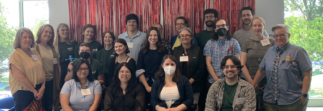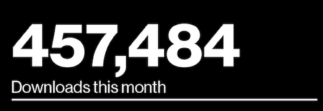Bring your lunch and join Vitek Tracz and Micah Altman from the Libraries’ Information Science program for this February Brown Bag. This program is suitable for those already published and those looking to be published.
The traditional way of publishing new findings in journals is becoming increasingly outdated and no longer serves the needs of much of science. Vitek Tracz will discuss a new approach being developed by F1000, an Open Science Platform, that combines immediate publication (like a preprint) with formal, invited, and transparent post-publication peer review. This bypasses the many problems of the current journal system and, in doing so, moves the evaluation of research and researchers away from the journal-based Impact Factor and towards a fairer system of article-based qualitative and quantitative indicators. In the long term, it should be irrelevant where a researcher publishes his or her findings. In addition to this this new way to publish research, Vitek will also describe the other two components of the F1000: F1000Prime, an article-level recommendation and evaluation service from over 12,000 leading researchers, and F1000Workspace, a set of tools to help authors to discover literature, collect reference libraries, write articles, and collaborate.
About Vitek Tracz
Tracz has studied mathematics, cinema, and art history, collaborated on a feature film, and developed the first mobile phone navigation company. An early internet presence, Tracz launched BioMed Net, an online community for scientists in 1996, and Biomed Central, the first open-access journal, two years later. He founded the Current Opinion journals and piloted other innovative publishing projects before tackling his latest initiative, F1000, whose “Open Science Platform” supports publication of all findings (negative results, case reports, observational studies) and features speedy publication, open peer review, and includes source data for easy replication.
Location: E25-117



